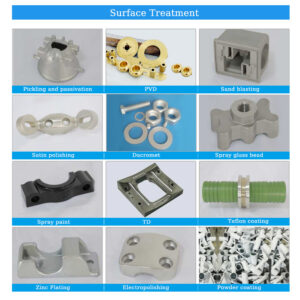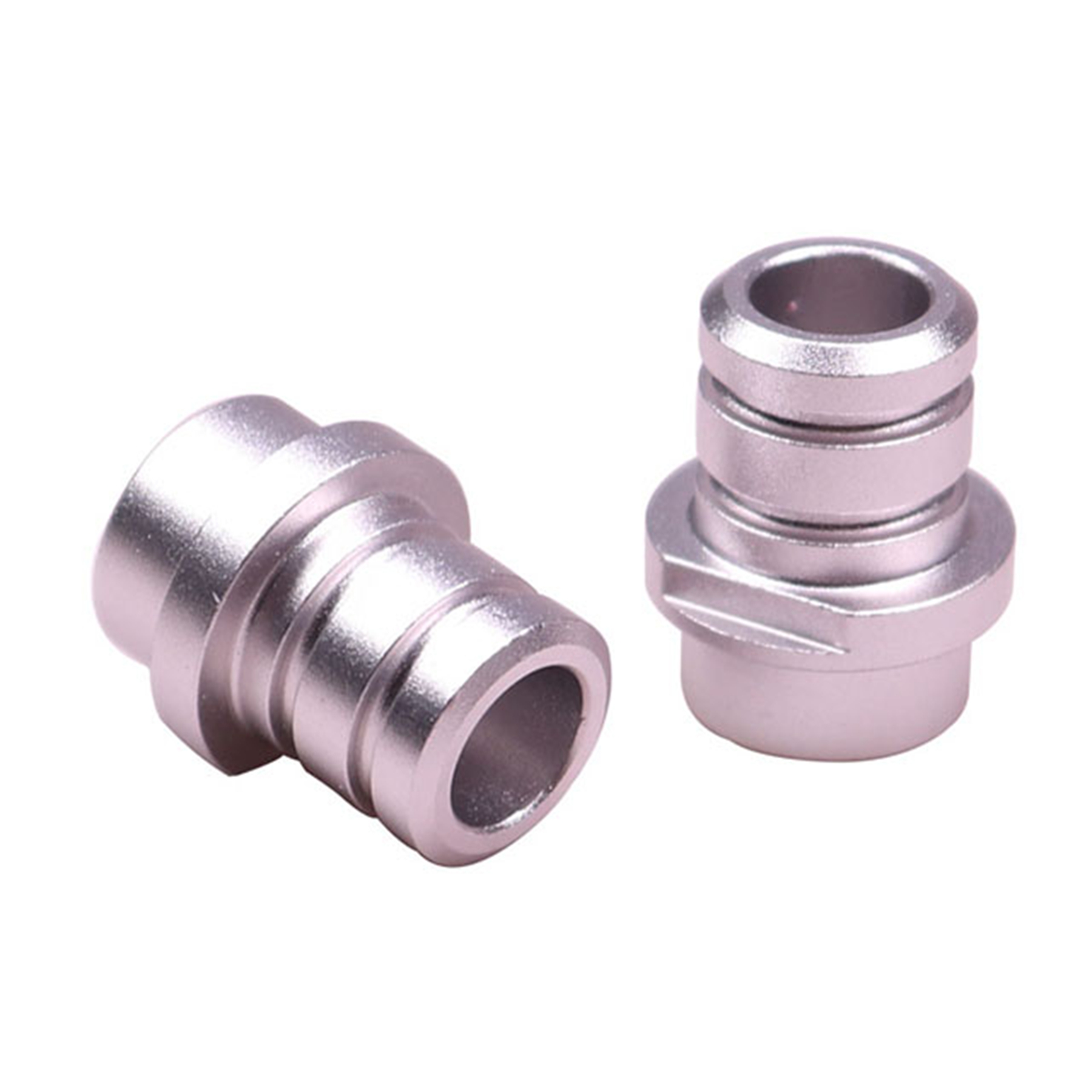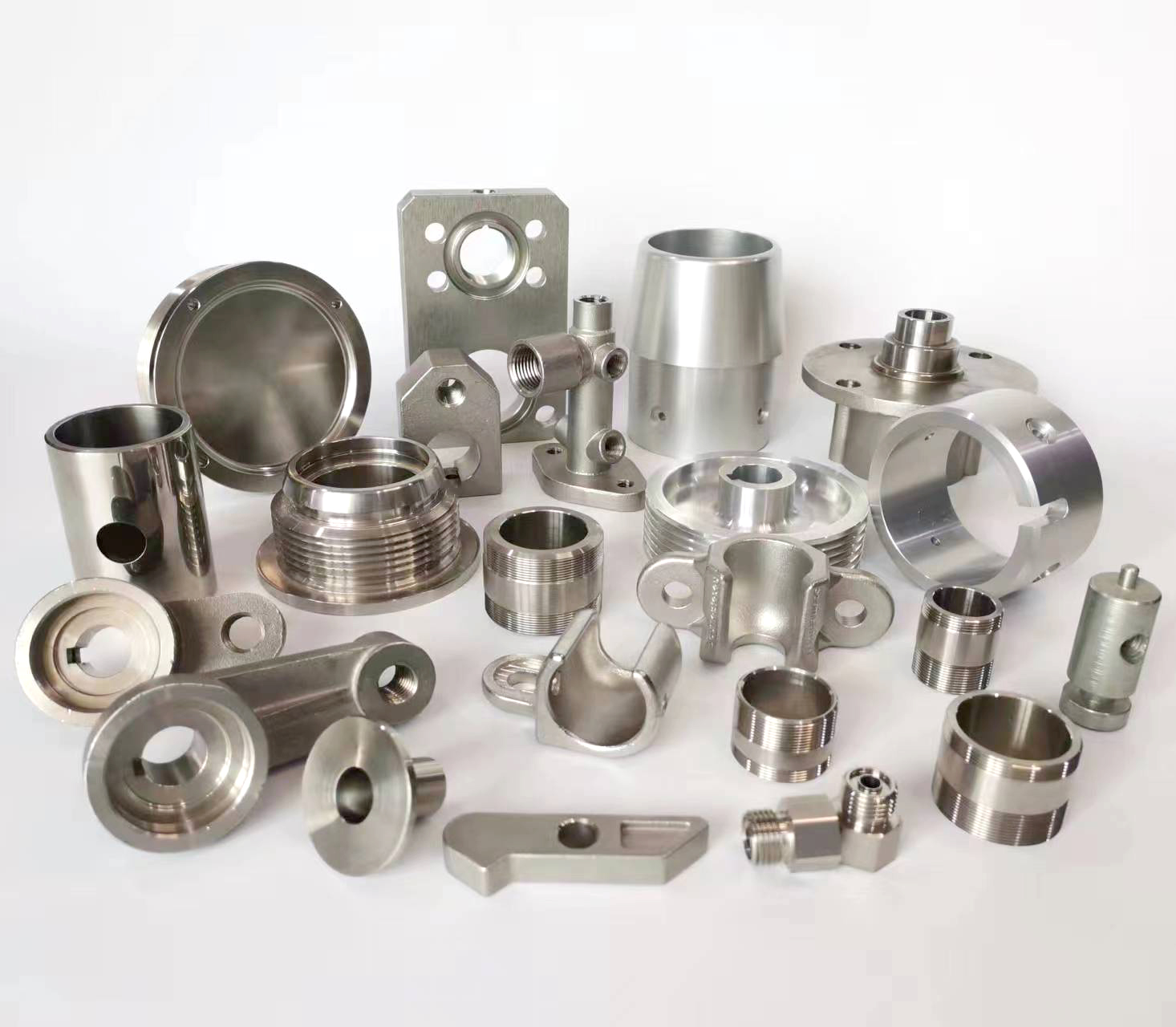
Here’s a detailed explanation of galvanized steel colors, presented entirely:
Core Principle: Galvanizing involves coating steel with molten zinc. The base color of pure zinc is silvery-gray. However, temporary interference colors often appear due to light interacting with the crystallizing zinc surface.
The Colors of Galvanized Steel:
Silvery-Gray (The Permanent Base Color):
Description: Bright, metallic, shiny gray. This is the fundamental color of the solidified zinc coating.
Cause: The natural appearance of the pure zinc layer after solidification.
Permanence: This is the stable, long-term color. While it weathers to a duller gray, it remains within the gray spectrum.
Interference Colors (Temporary & Transitional):
Description: A vibrant, iridescent rainbow effect appearing as yellows, golds, reds, purples, blues, and greens.
Cause: Light wave interference within the microscopically thin layer of zinc oxide (ZnO) that forms instantly as the hot zinc reacts with oxygen in the air upon exiting the galvanizing bath. The thickness of this oxide layer determines which colors are reflected and which are canceled out.
Sequence: Colors typically develop and change as the zinc cools and the oxide layer thickens:
Pale Yellow / Straw Gold: Often the first visible color.
Bronze / Gold: Becomes more pronounced.
Purple / Violet / Magenta: A common vivid stage.
Deep Blue / Royal Blue: A highly desired stage for aesthetics.
Light Blue / Pale Green: Often one of the final interference stages.
Permanence: These colors are NOT PERMANENT. They are fragile and transitional:
Fade with Weathering: Exposure to UV light, moisture, and atmospheric pollutants causes the oxide layer to thicken and become more complex (forming zinc carbonate – ZnCO₃). This destroys the precise interference condition, causing the vibrant colors to fade.
Fade with Handling: Physical contact, abrasion, or cleaning can easily damage the thin oxide layer responsible for the colors.
Timeframe: Vibrant interference colors typically fade significantly within weeks or months outdoors, eventually leaving the underlying silvery-gray zinc. Indoors, they may last longer but will still gradually dull.
Factors Influencing Interference Colors:
Cooling Rate: Faster cooling (e.g., water quenching) generally produces lighter, less vivid colors or can minimize them. Slower, natural air cooling allows more time for oxide growth and often produces stronger, more vibrant colors.
Alloying Elements: Additions like Aluminum (common in “Galfan” or certain continuous galvanizing) significantly suppress spangle size and can minimize or alter interference colors, often leading to a more uniform, lighter appearance (whitish-gray).
Steel Chemistry: Minor elements in the underlying steel can subtly influence zinc crystallization and oxide formation.
Surface Contamination: Oils, residues, or uneven cooling can create patchy or inconsistent colors.
Dull Gray (Weathered Finish):
Description: A uniform, non-shiny, matte medium to dark gray.
Cause: The formation of a stable, protective patina layer primarily composed of zinc carbonate (ZnCO₃). This occurs naturally as the zinc reacts slowly with carbon dioxide (CO₂) and moisture in the atmosphere over time. This patina is the zinc’s main long-term protective barrier.
Permanence: This is the stable, long-term appearance of weathered galvanized steel exposed to normal atmospheric conditions. It replaces both the initial silvery-gray and any temporary interference colors.
Key Summary Points:
True Permanent Color: Silvery-Gray (weathering to Dull Gray patina).
Temporary Colors: Rainbow Interference Colors (Yellows, Golds, Purples, Blues, Greens) caused by light interference on the initial zinc oxide film. These fade relatively quickly with exposure or handling.
Final Weathered State: Uniform Dull Gray (zinc carbonate patina).
Therefore, while vibrant temporary colors can appear during production, galvanized steel fundamentally exists in shades of gray throughout its long service life. The colorful phase is an ephemeral optical phenomenon, not a permanent pigmentation of the zinc coating.





